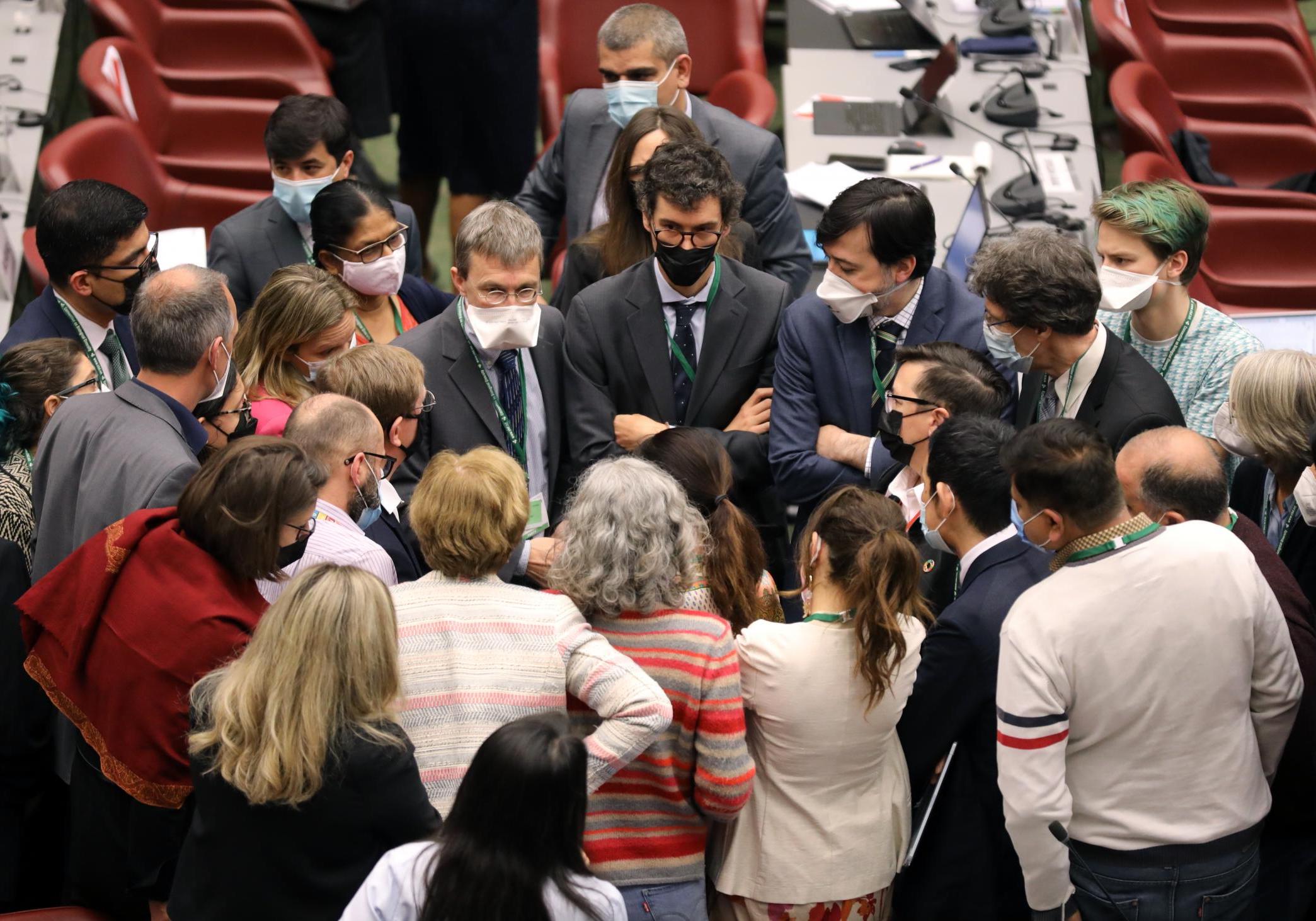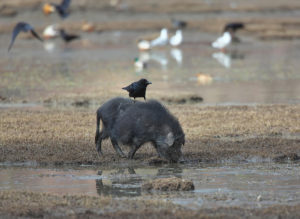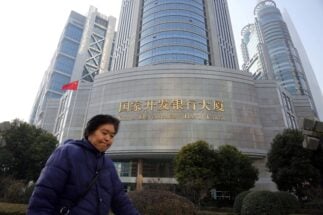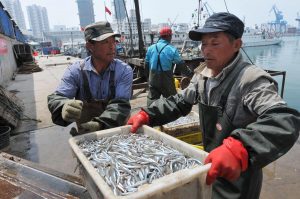In late March, biodiversity talks held in Geneva left everyone disappointed. Part of the UN Convention on Biological Diversity (CBD) process, the talks did little to advance the documents that are supposed to lead a reversal of biodiversity loss, namely the Post 2020 Global Biodiversity Framework. Instead, they produced only a set of draft resolutions riddled with bracketed text for further discussion.
Much remains to be decided in Kunming, at the CBD’s 15th Conference of the Parties (COP15). This highlights deep-lying challenges with the convention and the Kunming process. Hopes for a smooth conference in Kunming this August, with slam-dunk wins, no longer seem realistic.
Getting ready for the next step in the Kunming process requires us to be clear on where the problems lie. The failure in Geneva was not about a single meeting but the result of problems present since the start of the process. These include, but are not limited to: a focus on targets at the expense of implementation and funding; repetitive discussions on targets, resulting in texts on all targets ballooning in Geneva; and no discussions yet on important issues such as how to mobilise funds or set and report national targets.
Everyone needs to be clear: relying solely on countries to talk amongst themselves to solve problems, using the existing problematic methods, will cause discussions on many issues to fail. We need to add more ways of working into these multilateral negotiations to save the process. We propose a more practical three-step preparation to ensure success in Kunming.
First, Kunming urgently needs top–down leadership. China, as the Presidency of COP15, should work with other parties to set a baseline for COP15 outcomes. Specifically, this means identifying topics where a resolution must be agreed on, and the content and level of ambition of that resolution. This will create a list of questions that must be addressed, and the answers.
Take the issue of implementation mechanism, crucial for Kunming. Signatories must agree to submit national targets and implementation plans, matching up with the Post 2020 Global Biodiversity Framework, within a year of COP15. Related to this, COP15 must produce Guidelines for National Biodiversity Strategy and Action Plans for their timely updates after Kunming. On finance, Kunming must complete the Strategy for Resource Mobilisation. If that is delayed past 2022, the Kunming process will retread the Aichi path: targets will be drawn up, with their actual fulfilment a mere afterthought.
Second, China should discuss that list of questions and answers with parties and take their opinions and ideas on board to improve it. This will produce a more developed and politically acceptable list. This part of the process will ensure everyone is aware of where the Kunming process stands, what challenges it faces, and forms reasonable expectations of the work remaining to be done at COP15. It will focus attention on the political issues which will determine success or failure, and build consensus on solutions prior to the conference. Talks on the essential issues will also help ministers focus on the most contentious issues and give technical officials clear directions, speeding up the bogged-down multilateral talks. Between now and August, we need bilateral and plurilateral talks, both formal and informal, at the ministerial and technical level.
Urgent answers are needed on the timing and outcomes of COP15 itself
Third, arrangements for COP15, including its dates, inclusiveness and COVID control measures, need to respond to participants’ concerns and be communicated in a timely manner. Once the many logistical issues surrounding COP15 are cleared up, the design of the negotiating process will be crucial to resolving sticky political problems. Urgent answers are needed on the timing and outcomes of the high-level conference; the order in which issues will be tackled; anticipated outcomes of the first week; and the use of different working models during it.
Given the large number of unresolved issues facing Kunming, continuing Geneva’s business-as-usual approach will just mean more slow progress. This risks delaying the discussion on national commitments, target monitoring and financial support – issues critical for the timely operation of the framework.
Overall, the global biodiversity community needs to be ready for the challenges Kunming presents and make good use of the time remaining. This three-point approach may not be flashy, but it will ensure the necessary tasks are completed. The critical thing now is to take the first step.









